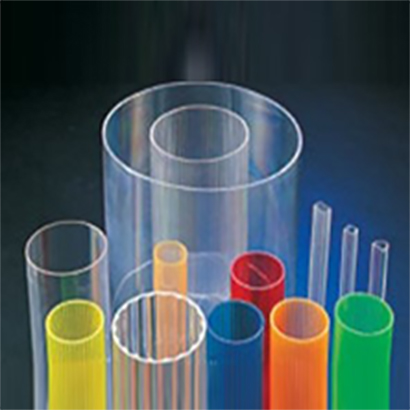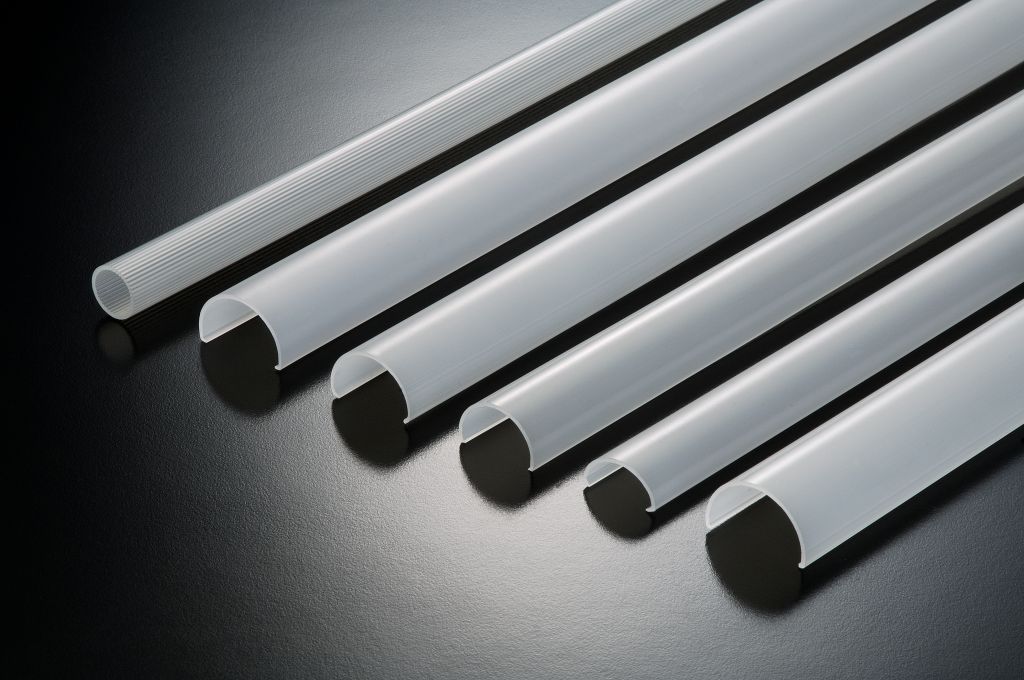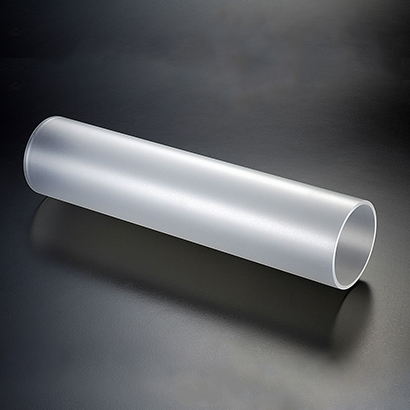Acrylic VS. Glass
Acrylic (PMMA) is often considered an alternative to glass because it can replace glass in some ways, but there are some differences and limitations. Below is a comparison between acrylic and glass for your reference.
| ACRYLIC | GLASS | |
| Transparency |
Transmittance 92% |
Transmittance 75~80% |
| Strength | Strong impact resistance | Weak impact resistance |
| Weight |
Lighter Half the Weight of glass |
Heavier |
| Ease of Processing |
Easy to process and bend | More difficult to process and requires higher precision |
| Temperature Resistance | Lower temperature resistance | High temperature resistance |
| Safety |
Relative to glass Not easily cracked or chipped |
May form sharp fragments when broken, May cause harm to human body |
| Cost | Cheaper | More expensive |
| Application |
Used in making transparent utensils, Exhibits, Lighting, Safety masks...etc. |
Used in windows, buildings, cars...etc. |
These properties indicate that both acrylic and glass have their advantages and disadvantages in different situations, depending on the needs and considerations of the specific application. For example, acrylic is often used in applications that require lightweight, easy processing, and high transparency, while glass is used in applications that require high strength, weather resistance, and temperature resistance.
Common applications of acrylic replacing glass are as follows:
1. Car windows: Some parts such as rearview mirrors, windows, and headlight covers in cars use acrylic because it is light, impact-resistant, and can be molded into more complex shapes during manufacturing.
2. Aircraft windows: In the aviation industry, acrylic is also used in some aircraft windows because it has a lower weight and can withstand variable pressure and temperature changes during flight.
3. Aquariums: Acrylic is often used in aquariums because it is lighter than glass and can be manufactured in a variety of shapes and sizes while providing clear viewing.
4. Display windows: Acrylic is often used for store display windows as it is highly transparent and does not break easily, thus providing better security.
5. Lighting: Acrylic is used to make lighting shades, lamp covers, etc. because it can be easily processed into various shapes while scattering light evenly.
6. Medical Devices: Some medical devices and equipment, such as braces in dental offices and coverings for ophthalmic equipment, also use acrylic because of its light weight and transparency.
7. Interior Decoration: Acrylic sheets and panels are often used in interior decoration such as bathroom cubicles, windshields, table tops, cabinet doors etc. as it provides a modern look and transparency.
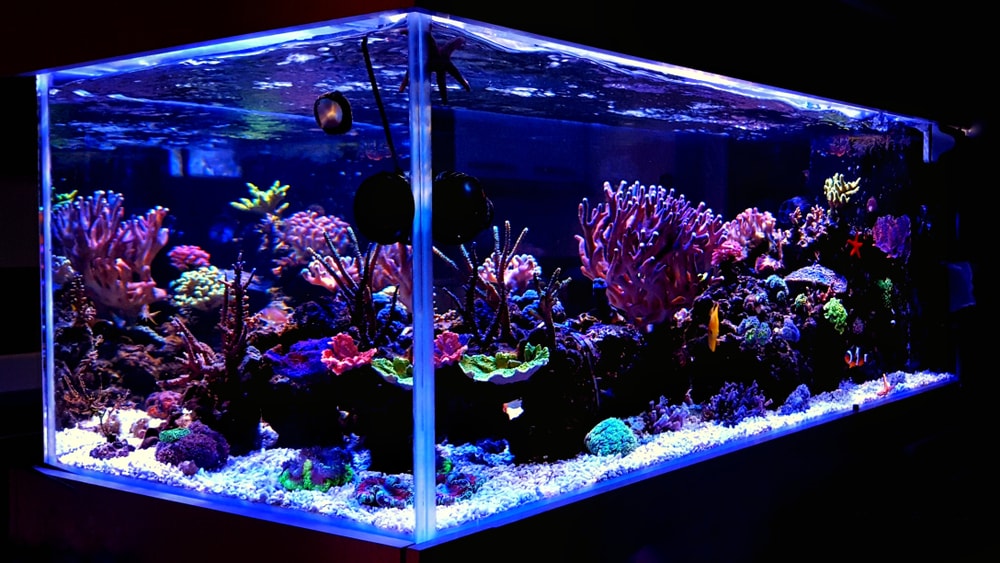
Discussion on the Safety of acrylic and glass:
When acrylic breaks, it usually does not form sharp fragments but instead breaks into smaller pieces or cracks. These fragments are usually relatively blunt and therefore less likely to cause puncture wounds to a human body. Due to acrylic's fracture pattern, it is considered safer than glass in some applications, especially where serious injury needs to be prevented.
However, when glass breaks, it can produce sharp fragments that pose a potential risk of injury to both humans and the surrounding environment. Although there are some special types of glass (such as safety glass or laminated glass) that can reduce the risk of fragmentation, in general, glass is more susceptible to puncture wounds when broken.
Overall, acrylic usually has advantages over glass in terms of safety because the fragments produced after it breaks are blunt and less likely to cause serious harm to the human body. This makes acrylic more popular in applications where safety is a concern, such as safety masks, display windows, children's play equipment, etc. However, for some special applications, such as car windshields, safety glass may still be a better choice because it can provide higher protection in the event of breakage.
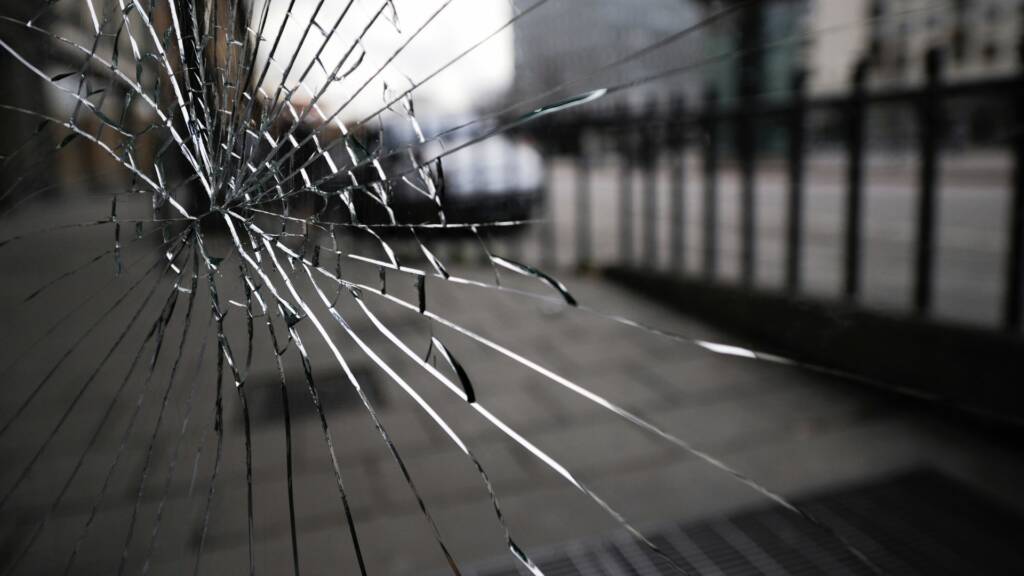
Discussion on the Weight of acrylic and glass materials:
Acrylic is lighter than glass, about half as much. Due to its lightweight, acrylic often has advantages in applications where structural loads need to be reduced or weight reduction is required, such as aerospace, automotive parts, displays, etc. Products etc.
While glass is relatively heavy, weighing twice as much as acrylic of the same size and thickness, glass may be more advantageous in applications that require a stable structure or fixation, such as building structures, large windows, or applications that require a stable foundation. .
Overall, acrylic is generally lighter in weight than glass, which makes it more advantageous in applications where reduced loads or reduced structural weight are required. However, in applications where greater strength or stability is required, glass may be more suitable because its greater weight can provide stability and wind pressure resistance benefits. When selecting materials, weight and other properties need to be balanced against the needs and considerations of the specific application.
Discussion on the Processability of acrylic and glass:
There are significant differences between acrylic and glass in terms of ease of processing. Acrylic is relatively easy to process and create into a variety of shapes because it is a thermoplastic material that can be heated and shaped at specific temperatures. It can be processed with standard cutting, drilling, bending, and scoring tools and does not require special glass processing skills. This ease of processing makes acrylic very useful when specially shaped products need to be made, such as curved displays, complex appliances or light fixtures.
But glass is generally more difficult to work with than acrylic because it is a non-thermoplastic material and cannot be shaped as easily as acrylic. Cutting, drilling, and grinding glass often require specialized tools and techniques, are more complex operations, often require more time and skill, and require a higher degree of precision.
In summary, acrylic is generally superior to glass in terms of ease of processing. It is easier to make into a variety of shapes and can be processed using conventional tools without requiring special skills or equipment. This ease of processing makes acrylic a flexible material suitable for applications requiring custom shapes or designs. However, it is important to note that acrylic can deform at high temperatures, so the temperature needs to be carefully controlled during processing.
Discussion on the Manufacturing Costs of acrylic and glass:
Acrylic is generally less expensive than glass, especially when large quantities of the material are required. Acrylic is a popular plastic that is relatively cheap to manufacture and easy to produce and handle. However, the cost of acrylic can vary based on thickness, clarity, size, and special treatments (such as UV-resistant treatments).
As for glass, the cost is usually higher, especially when large sheets, special types (such as tempered or laminated glass), or custom sizes are required. The manufacturing and processing of glass may require more energy and technology, and its special treatments,
such as thermal insulation, sound insulation, lamination, or reflective coatings, may increase costs.
Summary Generally speaking, acrylic is less expensive than glass, so in more cost-sensitive applications, acrylic may be the more economical choice. However, if a specific application requires special properties of the glass, or requires special processing, the cost of the glass may be higher. Therefore, when selecting materials, cost should be evaluated along with other factors such as performance, appearance, weather resistance and safety to ensure the most suitable material is chosen.
Related Applications

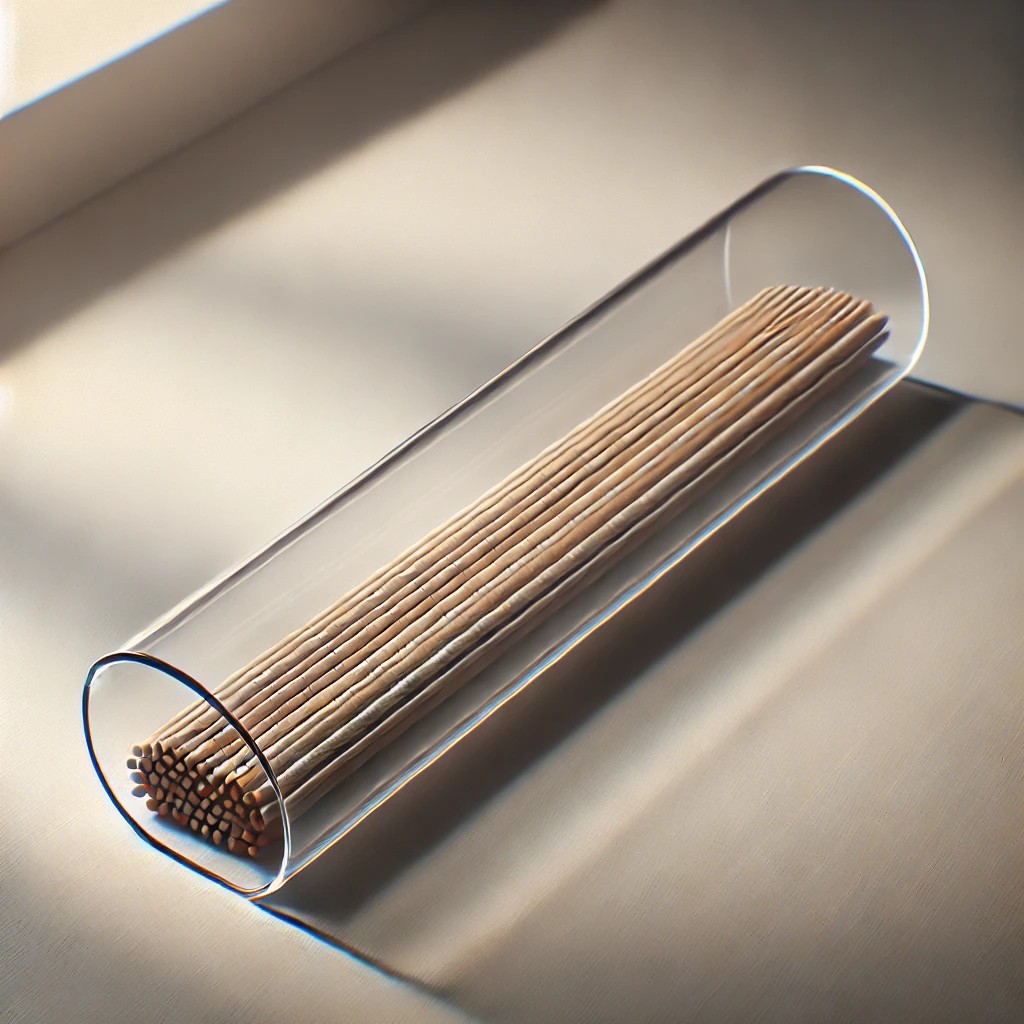
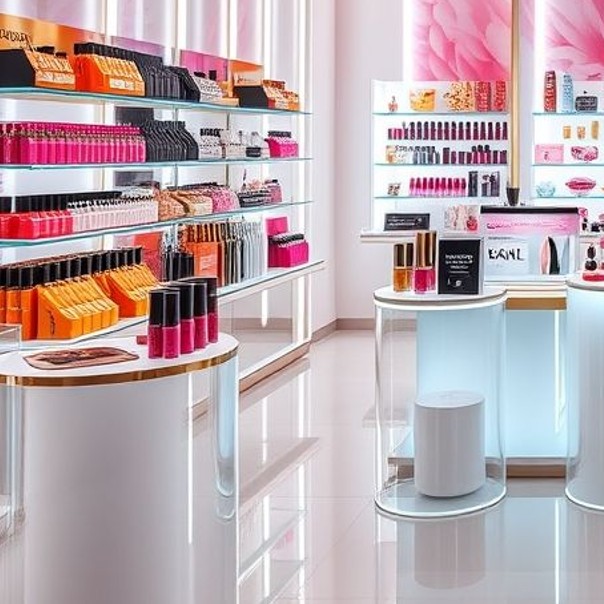
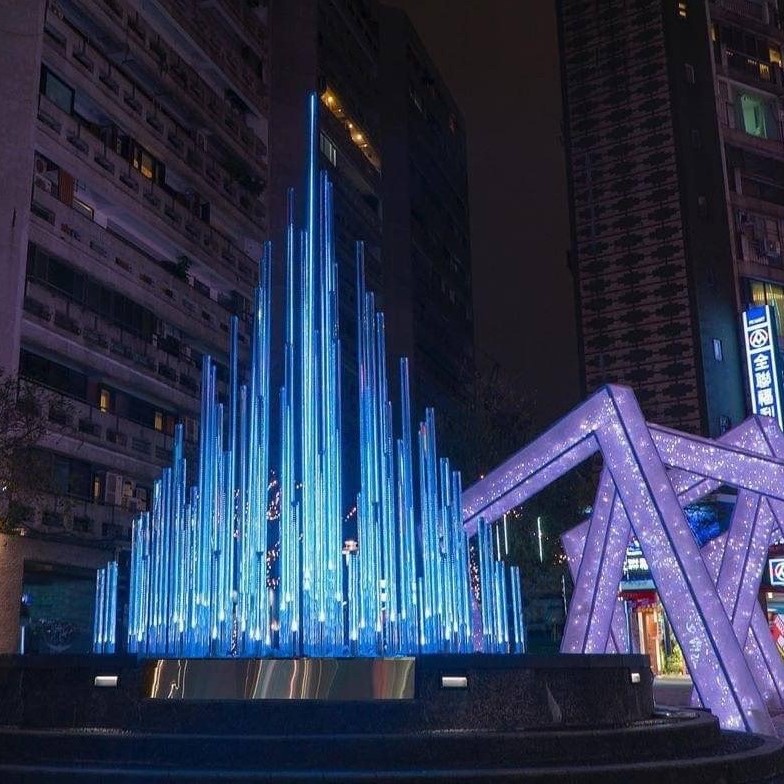

.jpg)


